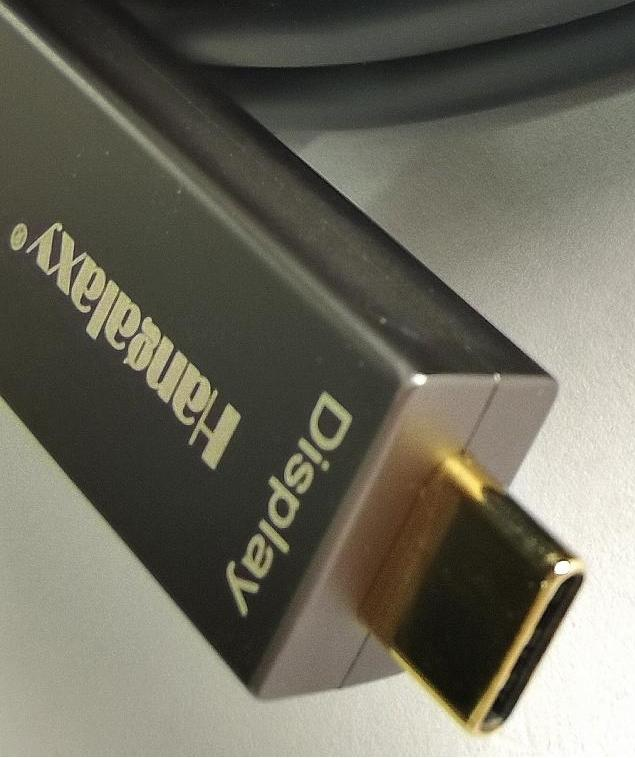EU standards and technical bottlenecks of Type-C AOC
Time :2024-04-26 16:01Author :Hangalaxy
The Type-C interface has excellent transmission speed, stable connectivity, and convenient plugging and unplugging methods. And these advantages cannot be separated from the regulatory standards established by the European Union.
In 2014, the European Commission began standardizing the Type-C interface. In 2016, the USB Type-C Cable and Connector Specification was released, which became the global standard for using Type-C interface products.
The EU Type-C standard mainly includes multiple aspects such as physical characteristics, electrical characteristics, functional characteristics, etc. The physical characteristics include size, shape, color, etc; The electrical characteristics involve parameters such as voltage and current; The functional characteristics include data transmission speed, charging power, and other content. Through these specifications, it can be ensured that all products using the Type-C interface can achieve interoperability and compatibility.
Although Type-C has many advantages and practical functions, there are also some technical bottlenecks. For example:
1. Compatibility issue: Although adopting unified specifications and standards can ensure interoperability and compatibility between various devices, there are still some old devices that cannot adapt to new interfaces, resulting in abnormal use.
2. Safety issues: Due to the support for higher power output, it is necessary to pay attention to safety issues when using fast charging, and choose high-quality and reliable branded products to ensure safe use.
3. Stability issue: Due to its complex design structure, it may experience poor insertion and extraction rebound or unstable connection during long-term use, leading to malfunction.
4. Price issue: Compared to other types of USB interfaces, the price is slightly higher.
5. Insufficient completeness of the industrial chain: Currently, there are still some incomplete links in the entire industrial chain, such as high chip costs, which lead to cost increases.
I believe that with the further improvement of Type-C interface technology and industry chain, solutions can be quickly found to improve the current situation regarding the above-mentioned technical bottlenecks.
For more information on fiber optic transmission knowledge and products, please consult Huaguang Yuneng Hangalaxy Business.



